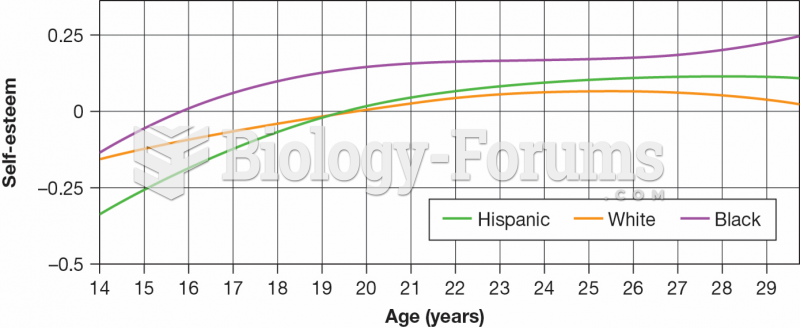This topic contains a solution. Click here to go to the answer
|
|
|
Did you know?
There used to be a metric calendar, as well as metric clocks. The metric calendar, or "French Republican Calendar" divided the year into 12 months, but each month was divided into three 10-day weeks. Each day had 10 decimal hours. Each hour had 100 decimal minutes. Due to lack of popularity, the metric clocks and calendars were ended in 1795, three years after they had been first marketed.
Did you know?
Everyone has one nostril that is larger than the other.
Did you know?
Vaccines prevent between 2.5 and 4 million deaths every year.
Did you know?
Asthma cases in Americans are about 75% higher today than they were in 1980.
Did you know?
The Romans did not use numerals to indicate fractions but instead used words to indicate parts of a whole.







